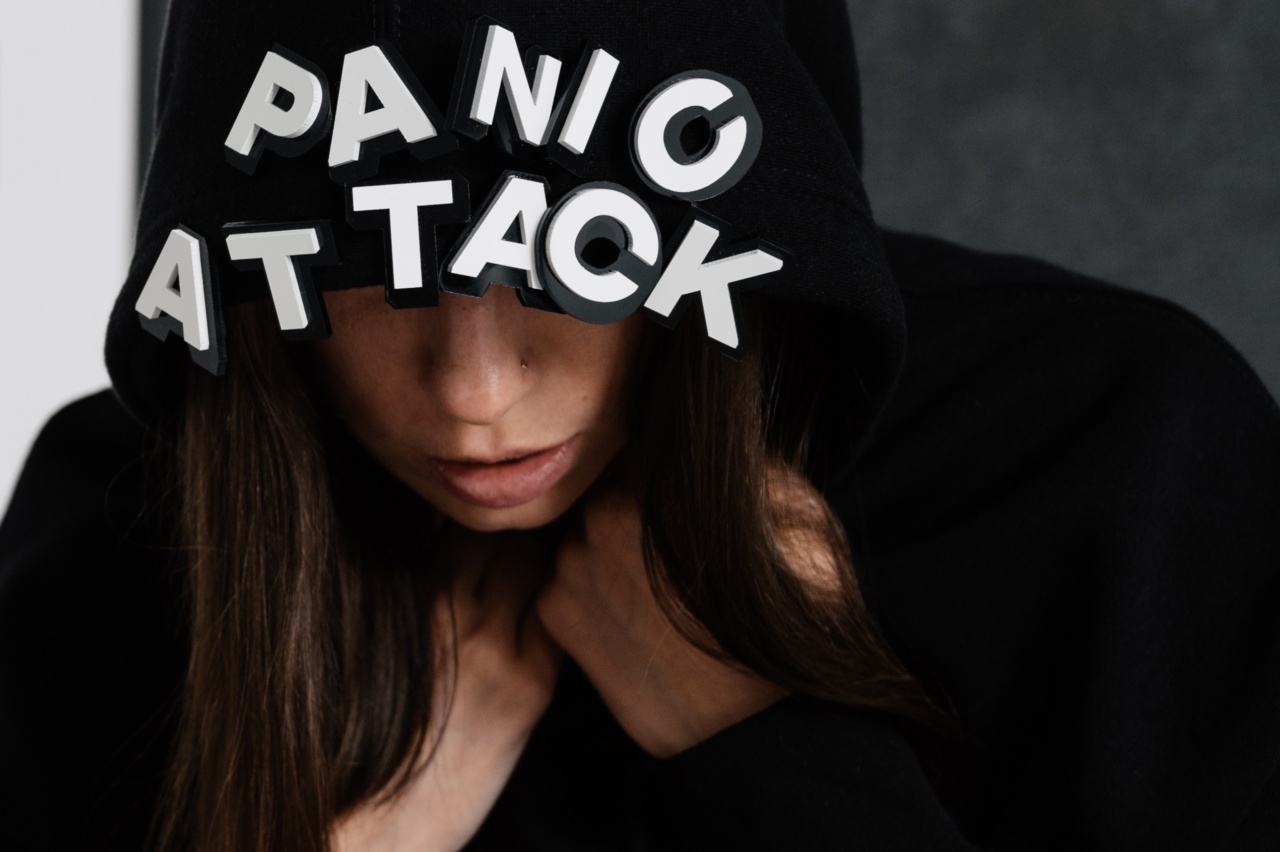For people who suffer from panic attacks, it can be a terrifying experience that can interfere with their daily lives. Panic attacks can occur without warning and can be triggered by various situations or circumstances.
Understanding what a panic attack is and what causes it can help individuals manage their symptoms more effectively.
What is a panic attack?
A panic attack is a sudden and intense episode of fear or anxiety, often accompanied by physical symptoms such as rapid heartbeat, sweating, trembling, and difficulty breathing.
Panic attacks can be triggered by a range of factors, including stress, trauma, phobias, or medical problems. While panic attacks are not dangerous, they can be debilitating and can interfere with an individual’s quality of life.
Symptoms of a panic attack
There are several common symptoms of a panic attack, including:.
- Rapid heartbeat or pounding heart
- Sweating or chills
- Trembling or shaking
- Shortness of breath or difficulty breathing
- Chest pain or discomfort
- Nausea or upset stomach
- Lightheadedness or dizziness
- Feeling detached or disconnected from reality
- Fear of losing control or going crazy
- Fear of dying
Individuals who experience panic attacks may not experience all of these symptoms, but they may experience a combination of them. Symptoms can last anywhere from a few minutes to an hour, and they can occur in response to a variety of triggers.
Triggers of panic attacks
Panic attacks can be triggered by various situations or circumstances, including:.
- Stressful events such as divorce, death of a loved one, or financial difficulties
- Phobias such as a fear of heights, enclosed spaces, or social situations
- Trauma such as physical or sexual abuse
- Medical conditions such as a heart condition
- Substance abuse or withdrawal from drugs or alcohol
Understanding what triggers a panic attack can help individuals manage their symptoms and avoid situations that may trigger an attack.
Management of panic attacks
While there is no cure for panic attacks, there are several strategies that individuals can use to manage their symptoms:.
Lifestyle changes
Individuals can reduce the frequency and severity of panic attacks by making certain lifestyle changes, including:.
- Reducing stress through relaxation techniques such as yoga, meditation, or deep breathing exercises
- Regular exercise
- Avoiding alcohol and drugs
- Getting enough sleep
- Eating a healthy diet
- Avoiding caffeine, which can trigger anxiety
Therapy
Therapy can be an effective treatment for panic attacks. Cognitive behavioral therapy (CBT) is a type of therapy that focuses on changing negative thoughts and behaviors.
During CBT sessions, individuals learn how to replace negative thoughts with more positive ones and how to recognize and avoid triggers that may lead to panic attacks.
Medication
Medication may be prescribed to individuals who experience panic attacks. Antidepressants and anti-anxiety medications can be effective in reducing the frequency and severity of panic attacks.
It is important to discuss the benefits and risks of medication with a healthcare provider.
Self-help techniques
Several self-help techniques can be used to manage panic attacks, including:.
- Focusing on your breathing and taking slow, deep breaths
- Progressive muscle relaxation, which involves tensing and relaxing muscle groups throughout the body
- Visualizing a calming scene or place
- Using positive affirmations
Conclusion
Panic attacks can be a frightening and debilitating experience, but there are several strategies that individuals can use to manage their symptoms.
By understanding what triggers a panic attack and implementing lifestyle changes, therapy, and medication, individuals can reduce the frequency and severity of panic attacks and improve their quality of life.



























